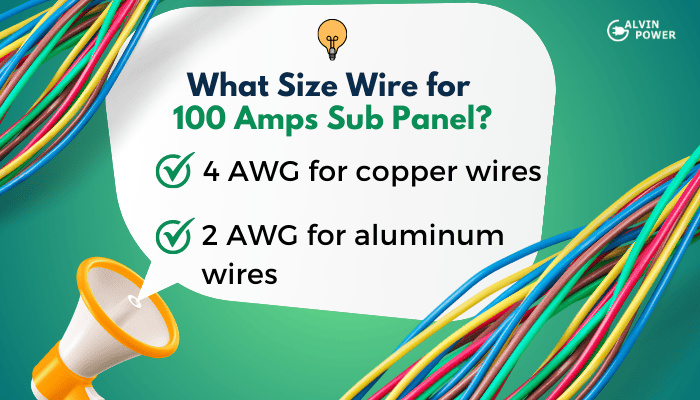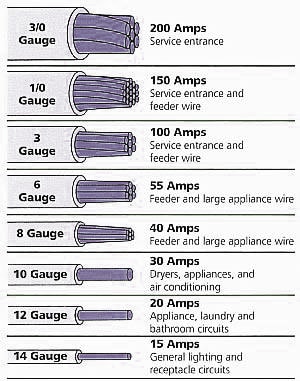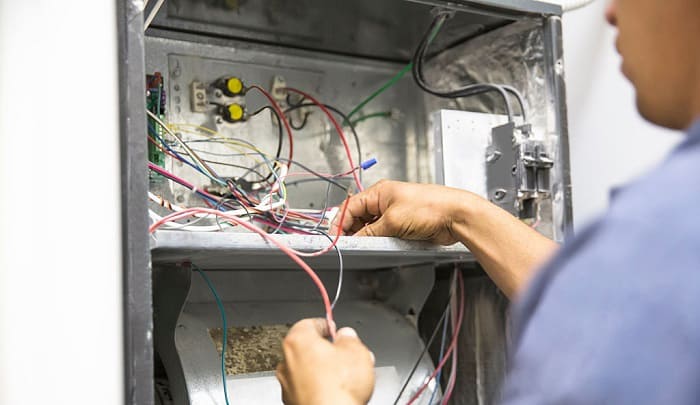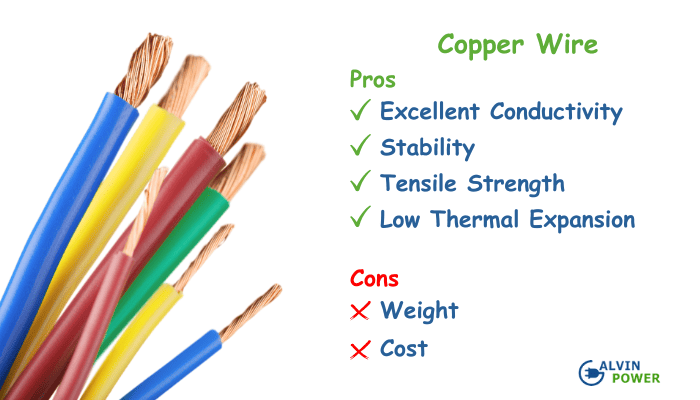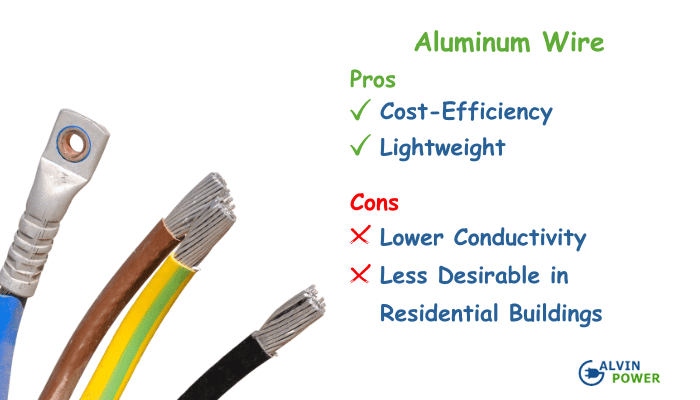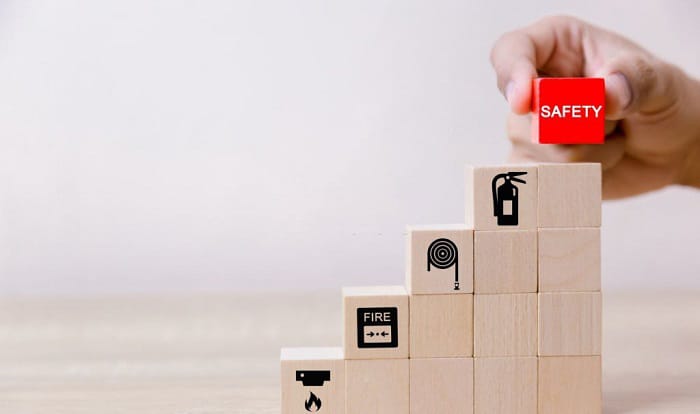Stuck on what wire size for 100 amp sub panel to use? Does a 100 amp sub panel wire size correspond to a 100 amp wire? Or have you ever wondered what wire size for 100 amp service or what size wire do I need for a 100 amp sub panel?
Want to know the short answer? A 100 amp sub panel wiring size requirement is 4 AWG for copper wires and 2 AWG for aluminum wires. Now, you may question what you should use for your wiring installation and what are the advantages and disadvantages of one wire type from another. We’ll discuss these issues below.
Table of Contents
Wire Sizes
Wiring size requirements differ per amp rating of the circuit. For example, you may use a 10 AWG or American Wire Gauge for a 30 amp appliance, and a size 8 AWG for a 45 amp device. The size of the wire you will use will also differ depending on what particular electrical installation or servicing you will be doing.
Before reading wire sizes, it is important to know the basic technicalities of electrical installations. Many newbies or students without experience or advanced knowledge may miss these easily and cause serious damage to appliances and or components.
American Wire Gauge (AWG) is the standard when measuring wire sizes. Gauge simply describes the thickness of the wire through numbers. The smaller the number, the thicker the wire will be and vice versa.
By that, we can say that the thicker the wire, the more amperage a wire can support and deliver. Knowing this aspect or property of wire can save you or your appliances from electrical damage, especially short circuits or even fire.
Read more: Ideal Wire Size for a 60 Amp Sub Panel.
Choosing the Right Wire
Depending on your preference, you may choose wires that you think will suit your project with respect to safety and fire hazard. Most manufacturers put labels on wire coatings or insulation indicating the material’s type and gauge.
Most houses use copper wires for wiring installations, including sub-panels and other electrical components. Bigger infrastructures, including electrical posts, use aluminum wires instead of copper.
Aside from fire safety, infrastructure owners also take into consideration the economical aspect when choosing the right type of materials for their wiring system.
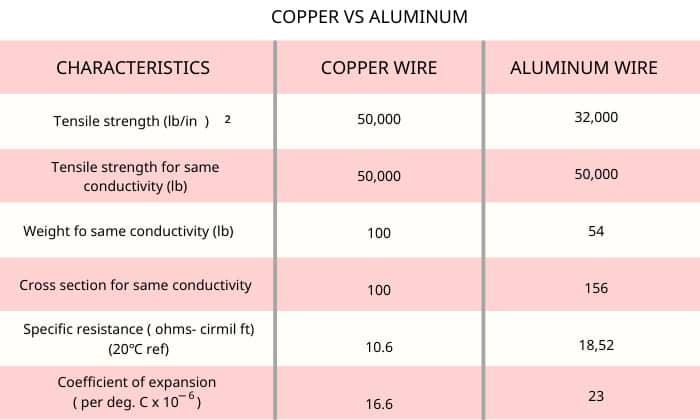
Due to abundance, the use of aluminum wire, although less conductive, is widely accepted because it offers a cheaper cost, unlike copper wire. Sacrificing a little bit of efficiency for the purpose of economical gain may be a tough call but a worthy shot.
For the purpose of comparison, here are the characteristics of copper and aluminum wires. This may help you decide what to choose for your sub-panel installation and also provide additional information that you may use for future electrical servicing.
1. Copper Wire
Copper wires are extensively used in modern houses and infrastructures due to the wire’s great conductibility and stability. Its stability and effectiveness in conducting electricity cannot be closely compared to aluminum wires or any other material, giving copper the best output when talking about efficiency in power, next to silver.
Silver wire is a better choice in electrical conductivity than copper, but it is not widely used in houses and other buildings or infrastructures due to its disadvantages in other properties, such as a lower melting point compared to copper and a higher cost than any other usual conductors we are using.
Although silver is not that feasible in homes, its use was widely accepted when it comes to technology. Special wirings and critical components are loaded with silver wires because of the material’s high conductive property.
Another factor why you should consider choosing copper wire instead of aluminum wire is that copper wire possesses high tensile strength — meaning it has much higher resistance and protection against breakage. It also expands less at high temperatures compared to aluminum.
One drawback of choosing copper wire instead of aluminum wire is that copper wire is somehow heavier than aluminum when using the same volume. Copper wire is also costlier than aluminum wires, giving it a prominent disadvantage economically.
2. Aluminum Wire
If you decided to use aluminum wire for your 100 amp sub panel, you should therefore use 2 AWG aluminum wires to avoid malfunctions such as short circuits that may cause electrical damage to your components.
Aluminum wires are way cheaper than copper wires because of the material’s abundance and disadvantages compared to copper wires. It is also lightweight, making it much lighter compared to copper.
Looking on the negative side, aluminum wires are inefficient in conducting electricity. It is also malleable but not ductile, and prone to galvanic corrosion because it oxidizes faster than copper. All these aspects, among others, make aluminum less desirable in residential buildings.
Electrical malfunctions come after human errors and from the usage of inappropriate wire sizes, materials, and substandard components. Moreover, opting for safer and more efficient materials will significantly contribute to risk reduction and mitigation.
3. Fire Safety
If you are planning on installing or fixing sub-panels and come across a decision where you have to choose whether to use copper or aluminum wires, these are the things you should consider.
- Copper is generally safer to use in electrical installations such as sub-panels because compared to aluminum, copper does not expand easily like aluminum wires when current runs through the wires.
- The conductive property of copper makes it efficient in transmitting power or current from one end to another. Hence, the transmission does not require much energy that can be lost in the process or transformed into a different form of energy such as heat that may lead to a fire.
- Materials you buy, may it be copper or aluminum wire, should pass the standard set forth by your authorities. This will give you enough confidence that you are beginning your project on the right path.
Considering all safety precautions, it is also best to know what you are really doing and the things you are about to deal with. Aside from fire safety, your physiological safety should be the top priority. In other words, before doing any electrical installations, you should be attentive to things like:
- If you are not ready to do it, do not force yourself to do it.
- Equip yourself with more knowledge before engaging in these kinds of jobs.
- Gain experience and guidance from experienced individuals regarding the servicing you are about to do.
- Call a professional electrician to do the job for you.
Conclusion
Hopefully, you can now answer the question “what size wire do I need for a 100 amp sub panel?”
Aside from that knowledge, know what precautions to take when installing or servicing your sub-panels or any other type of electrical components.
If you happen to be afraid of risking electrical damage, keep in mind:
- If you are not ready to do it, do not force yourself to do it.
- Equip yourself with more knowledge before engaging in these kinds of jobs.
- Gain experience and guidance from experienced individuals regarding the servicing you are about to do.
- Call a professional electrician to do the job for you.
Related Guide: Steps to Wire a 100 Amp Sub Panel From a 200 Amp Main Panel

I am Edwin Jones, in charge of designing content for Galvinpower. I aspire to use my experiences in marketing to create reliable and necessary information to help our readers. It has been fun to work with Andrew and apply his incredible knowledge to our content.

